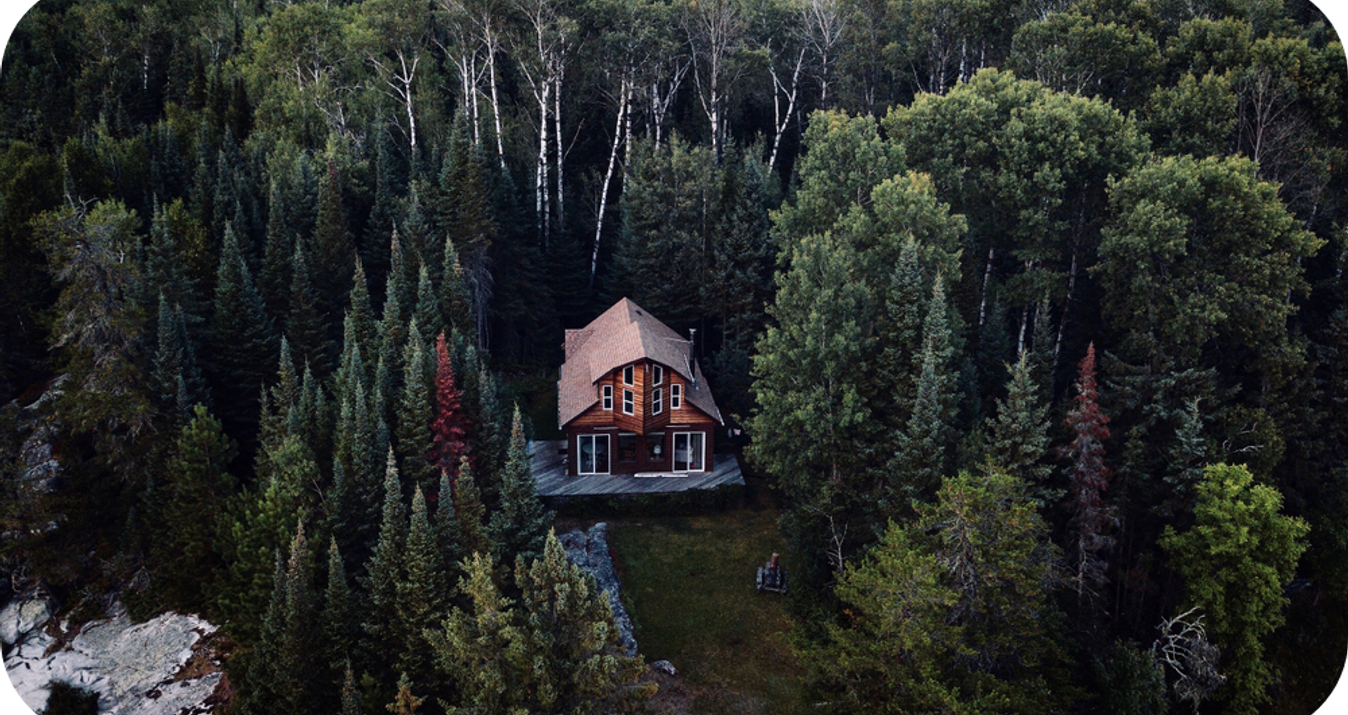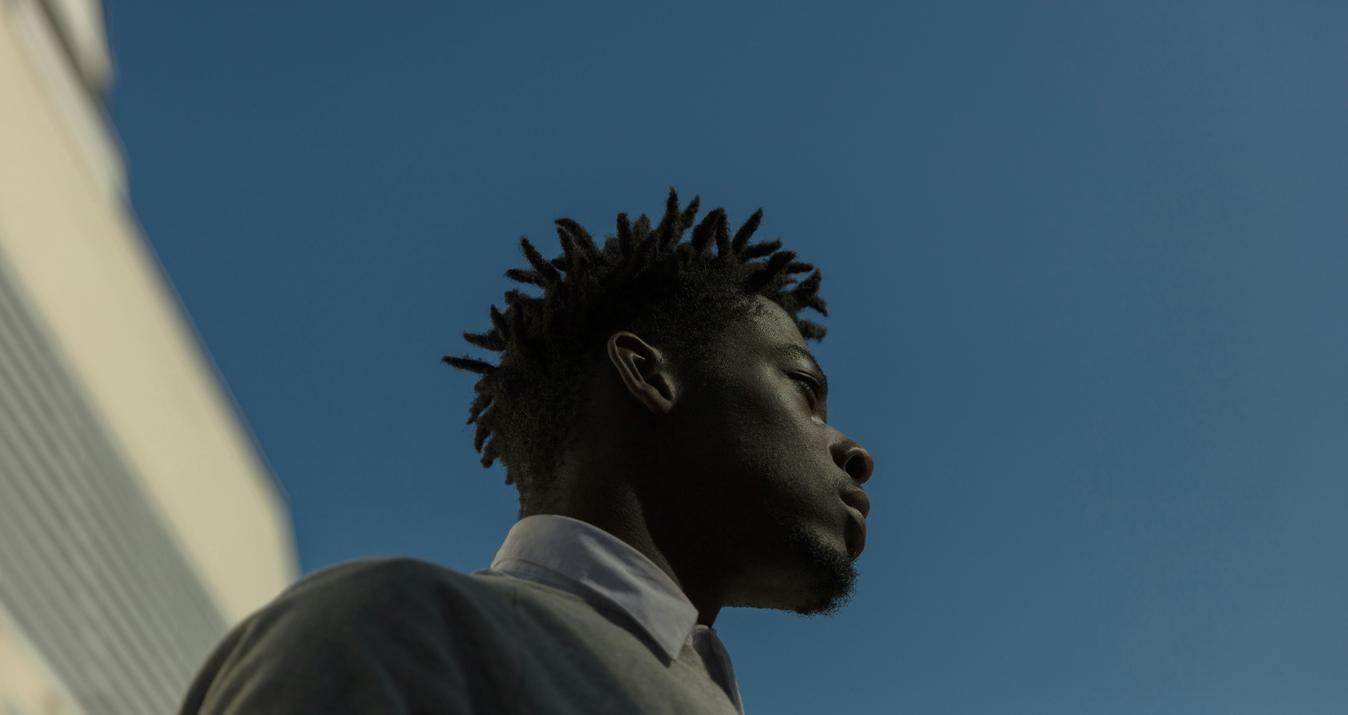Discover the differences between sRGB and Adobe RGB. Learn which color space is best for your projects and how to optimize your images for various uses.
People who are not familiar with photography are often not aware of the existence of sRGB vs RGB color camera settings. However, this is a very important point that affects the quality of your images. So what is the difference between them and which one to choose? We will tell you about this in this tutorial.
Let`s speak about color space
There are many differences between sRGB and Adobe RGB. Color is a rather complex and ambiguous thing, especially when viewed from the perspective of perception. However, the task of accurately determining hue does not go away because of this. There are a lot of ways to determine, and color spaces play a very important role here.
The color space is all but a small part of the gamut, which in turn is divided into many tones. Thus we can suppose that color spaces are subsets of tones. Of the vast number of color schemes available, the most frequently used are Adobe RGB vs sRGB.
Let's take a closer look at each of them in turn and answer the pressing question, “What color space should I use?”
What is sRGB?
sRGB is a widely used color space created by HP and Microsoft in 1996. It's designed for use with monitors, printers, and the internet. Due to the fact that sRGB covers a smaller range (gamut) of colors compared to other color spaces, it is considered the most suitable for most standard displays and web images. For example, a typical vacation photo you upload to Instagram will use the sRGB color space. This doesn't make the photo worse; it's just that this format displays fewer colors but still enough for our ordinary eyes.
What is Adobe RGB?
If we are talking about something more professional, then we have to turn to Adobe RGB. Adobe RGB is a color space developed by Adobe Systems in 1998. It covers a broader range (gamut) of colors than most analogues, especially in the green and cyan areas. That’s why this color space is commonly used in professional photography, graphic design, and print workflows where accurate color representation is a must. However, it’s not as universally supported across consumer devices as sRGB.
And now, let's find out which color space — sRGB vs Adobe RGB — you should choose.
The difference between Adobe RGB and sRGB in photography
sRGB and Adobe RGB are ways to represent colors. sRGB is sufficient for most uses and has a smaller range of colors, mainly noticeable in blues and greens. Adobe RGB has a wider range of these colors, making it better for high-quality prints and RAW photography, where you can choose the color space later.
Let's talk in more detail
Let's start with the fact that people with normal perception have three receptors in the retina that are sensitive to different wavelengths of light:
- S (short);
- M (medium);
- L (long).
It turns out that the S-receptors perceive blue shades, the M-receptors perceive green shades, and the L-receptors perceive red shades.
All this is the base, and mixing it up produces very different variants: for example, mixing blue with green, we get yellow. Red and blue combine to make purple, and if you mix the whole base at once, you get white. This method also called adaptively, is in the development of some standard color models (like RGB) and involves mixing certain to get all kinds of combinations.
But there is another method, where they are not mixed, but subtracted from each other (yes, exactly!). It's like mixing paints in art class-if you add blue to red, and you get black, and if you mix blue with yellow, you get green.
This is the principle used in the CMYK model.
Now let's take a closer look at the basic color models most commonly used in the design, printing, and so on. Let's look at how they work and what their differences are.
This is an adaptive color space that describes the way are encoded by combining the three primary colors Red, Green, and Blue. As has already become clear, their choice is based on the nature of default color perception by the human eye. By the way, this model has several variations, including sRGB vs Adobe RGB - the latter is considered the standard for graphics in the Internet space. The specific hue in this model is specified by three coordinates. They reflect the brightness of one of the base colors, and the value can be from 0 to 255, that is, takes 256 bits or 32 bytes.
To make it easier to write these values, we invented the HEX codes. They reflect the intensity of the hue through a two-digit number in hexadecimal — 0 to F. Such a notation gives advantages in copying and standardization. By the way, sometimes in this model, the HEX code contains only three characters. This is because every second character is the same as the first.RGB is used in systems based on light emission, i.e. in almost all screens and monitors. And it doesn't really matter what the task is, whether it's creating web illustrations, printing layouts, designing a website, or an interface. The main disadvantage is that the RGB space includes about 16.7 million shades of color, but not all monitors are able to reproduce this amount. We cannot give an unambiguous answer to using sRGB or Adobe RGB because they are made to perform different tasks, and each of them is better in a particular situation.
CMYK is a subtractive model in which new hues are created by mixing the four basics — Cyan, Magenta, Yellow and Key black. In this case, the intensity for each of them is adjusted as a percentage from 0 to 100.
The main problem with that scheme is that when they create materials for printing, designers are still guided by RGB (since they work on standard monitors), while the CMYK model does not let them reproduce all the hues. This is due to the fact that the first scheme is based on emission, and the second — is on light absorption. She answers the question “what color space is best for web graphics”. That is why RGB space is converted to CMYK before printing, in order to see the difference, and then, if necessary, to correct the layout, so that the shades are as close as possible.
Which of these color schemes is better to choose? Are there other options?
In this section, we will discuss the advantages and disadvantages and tell what is Adobe RGB:
- The Adobe system has the advantage of printing because it accepts a wider range of colors.
- On the other hand, pictures downloaded from the Internet in this color space profile have duller colors. Also, the disadvantage is that the monitors supporting RGB vs sRGB are much more expensive than their counterparts.
However, SGBN is not so color accurate light rendition, typical of its counterpart, which can affect the accuracy of editing and will be a big disadvantage when working with design.
RGB, as we have understood, is suitable for work on the monitor, but this model will be inconvenient if the designer needs to change one of the parameters, for example, brightness, tone, or saturation.
To make it clearer, we will give you an example — we have a bright red, but for the layout, we need twice as darker shade, and another tone, say, yellow, with similar parameters of brightness and saturation. Accordingly, HSB is a space in which the basic coordinates are such parameters as Hue, Saturation, and Brightness. By the way, this space is also called HSV — the essence is the same, just changing the letter (V—Value).
As you can see, color space sRGB or Adobe RGB are designed for different purposes and the user has to choose which one to use. The tone is set on the color wheel from 0 to 360 degrees, and brightness and saturation are adjusted as a percentage from 0 to 100. For colors to be pure, the last two values must be 100. In order to reflect the spectrum more clearly, this model uses a cylinder, which, by the way, sets the coordinate system.
Conclusion
Adobe RGB or sRGB, which color space should I select when shooting? Shooting photos in the sRGB color space can give you different colors that you see on your monitor and in your prints. Also, if you're entering online photo contests, it's safe to shoot and edit photos in Adobe RGB.f If you are a photographer who often prints photos, the best color space for printing is Adobe RGB color space.
But if you're shooting photos to upload them to the Internet, selecting the sRGB is ideal for you. If you are uploading Adobe RGB photos to the Internet, you will notice that become unsaturated. However, we cannot say that sRGB best color space for web graphics.
A Special Perk for Our Blog Readers
Get a 10% discount on Luminar Neo and dive into professional photo editing today!
Thank you for subscribing.
Your gift is waiting in your inbox!











